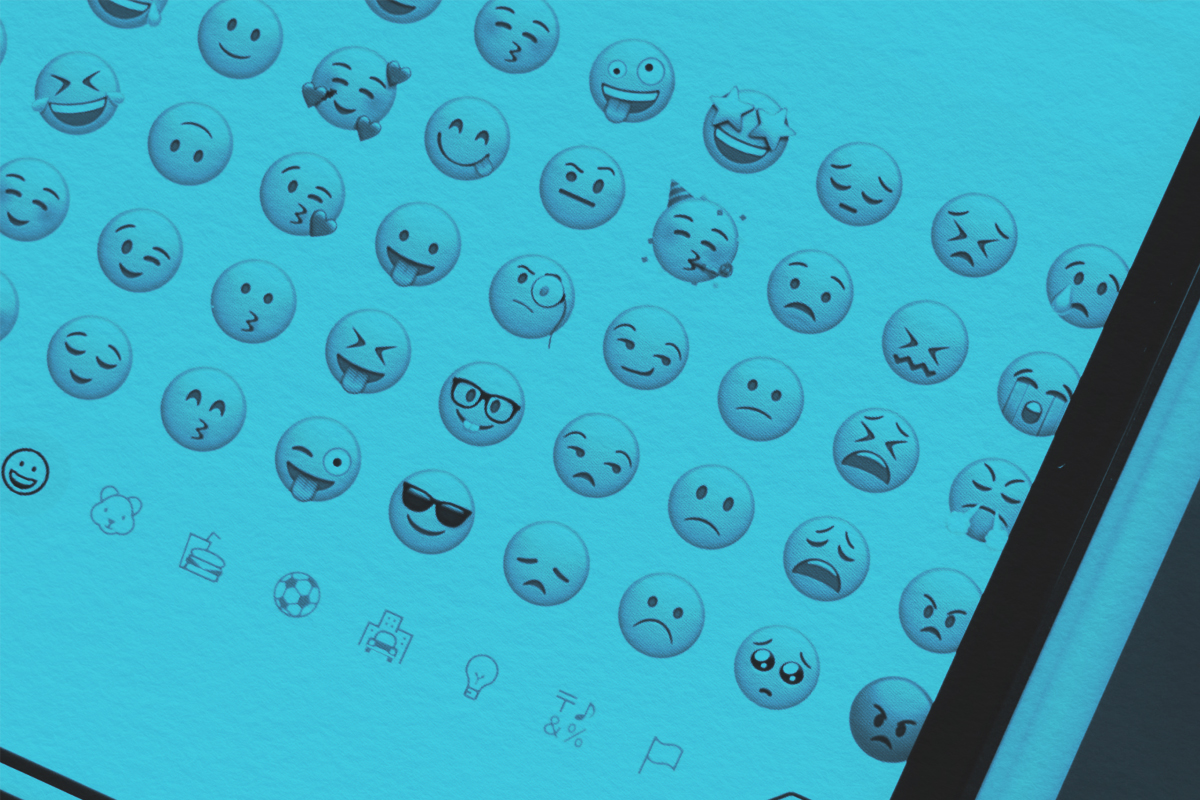
In 1982, computer scientist Scott Fahlman created the emoticon — a series of characters representing a facial expression, such as 🙂 for happiness. These little text-based icons were effective, but in the years that followed, Japanese designers created a more detailed set of images for online communication. Though the images didn’t have a catchy name at first, that changed in 1997 with the introduction of a new term: “emoji.”
Lots of people think that “emoji” is derived from the English word “emotion,” but that’s a myth. “Emoji” is a Japanese word meaning “pictograph” that combines three individual components. In Japanese, e means “picture,” mo means “write,” and ji means “character.” All together, they create “emoji,” which, according to Merriam-Webster, refers to “any of various small images, symbols, or icons used in text fields in electronic communication.” These include winking faces, cartoon dogs, slices of pizza, and other colorful images. It’s merely a coincidence that “emoji” is so similar to the word “emotion.”
Japanese designer Shigetaka Kurita is usually credited for helping to popularize emojis in 1999. He claims he was inspired to create emojis from “pictograms, manga, and all sorts of other sources.” But emojis — both the images and the term itself — predated Kurita’s work by a few years. One of the earliest known uses of “emoji” appears in the October 27, 1997 edition of Nikkei Weekly: “P-kies CD-ROM Emoji Word Processor software featuring more than 500 pictorial symbols has become a hit.” While the specific person responsible for coining “emoji” may not be known, the playful and catchy connotation of “emoji” (despite the very literal meaning) gave the term lasting power.

















